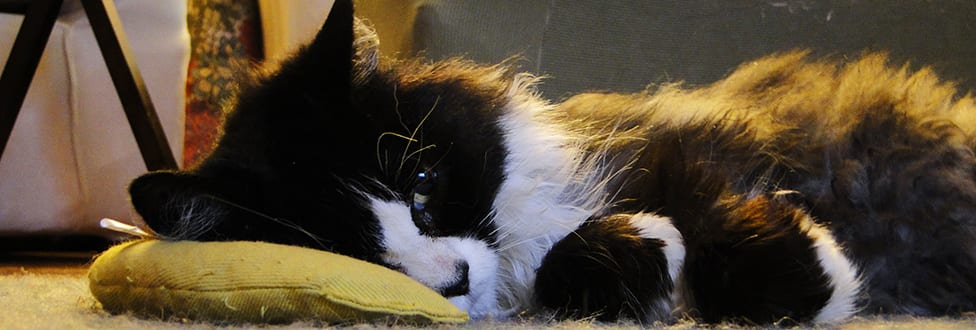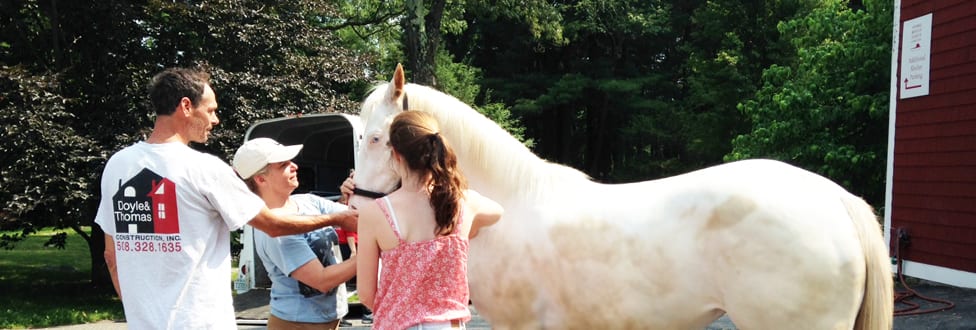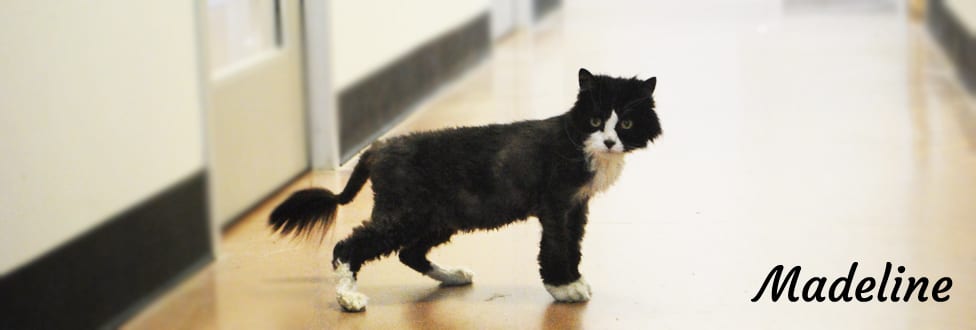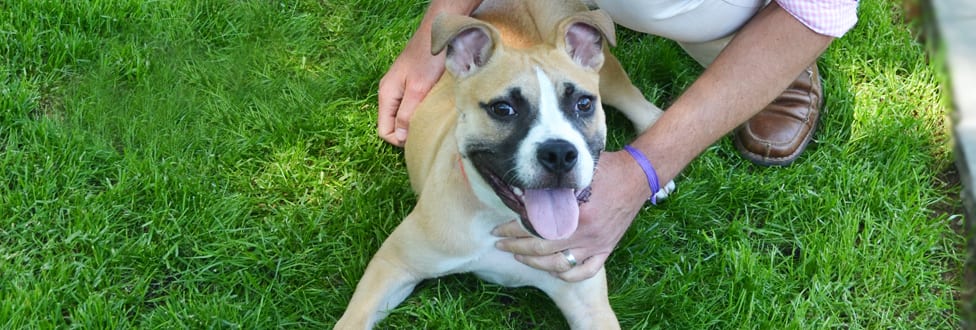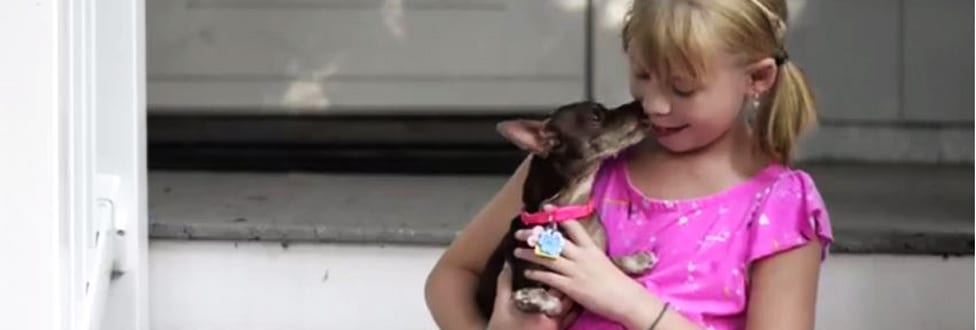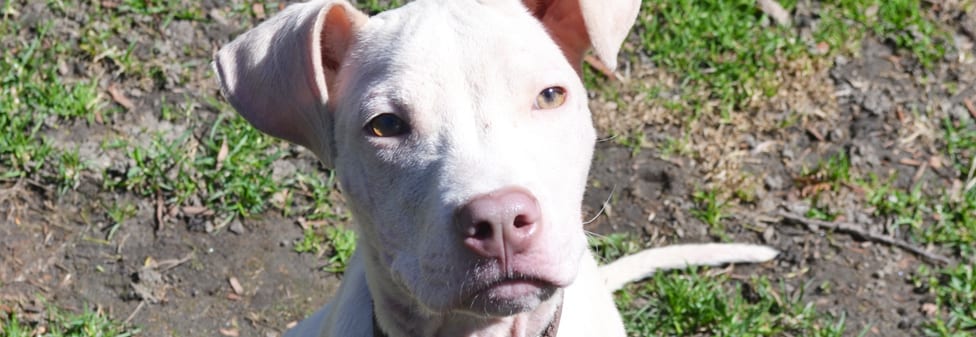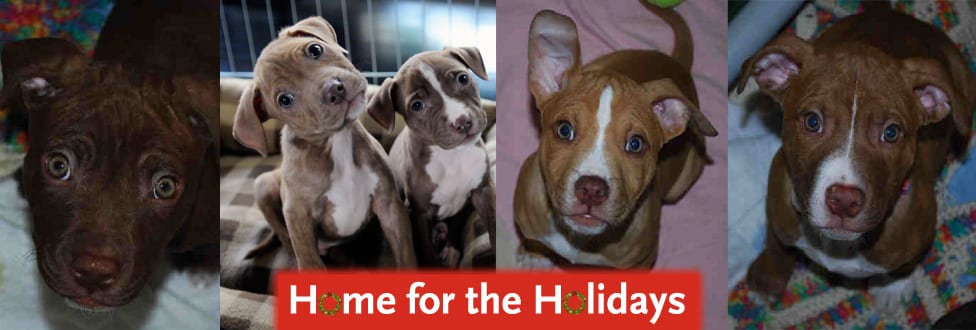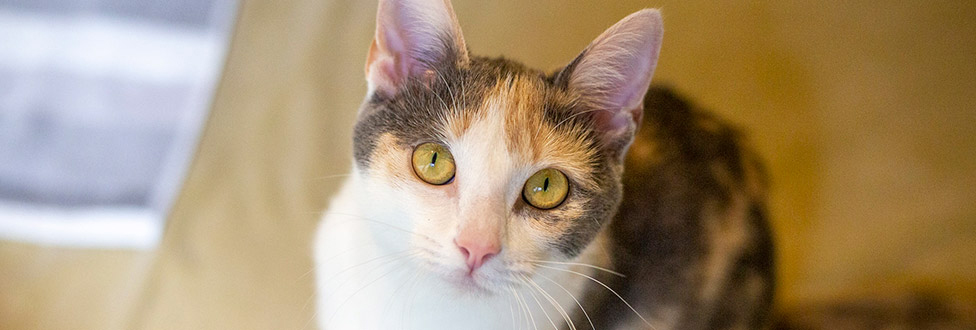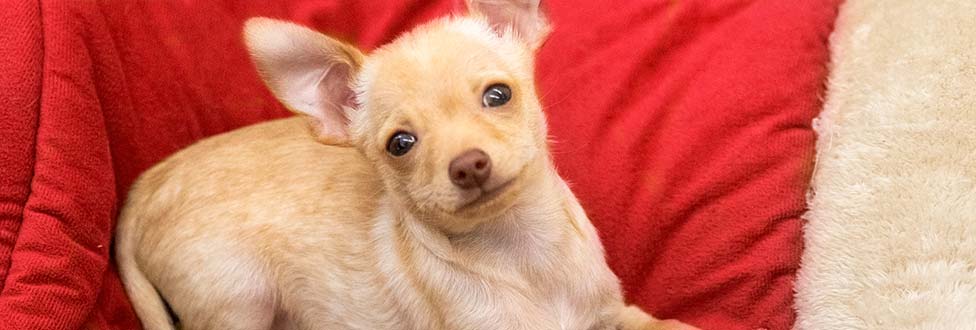Madeline Update: Sweet Survivor Cat is the Princess of the House
A Happy Tail for Your Caturday

Madline enjoys spending time gazing out the window.
We just got an update on Madeline, the sweet survivor cat we told you about back in June!
Madeline’s fur had been so thickly matted that she had lost the ability to walk. Thanks to the dedicated staff at our Dedham shelter, Madeline made a great recovery.
Today Maddie, as her new family calls her, is definitely the princess of the house! She is walking well, given her mobility issues, and can climb up and down the stairs in her home.
Maddie’s new-found joy is playing with catnip toys and a fluffy mouse on the end of a string. She plays with both the mouse end and the string end and gets very excited when the string twirls around and she has to grab it.
Her fur is growing back, slowly, but surely. The fur around her face is now very full, and she loves sitting up straight and puffing up a bit to get admiration from anyone looking in her direction! Her adopters say that “Maddie is a wonderful addition to our family and we love her very much!”
Thanks to you, Maddie is clearly getting the royal treatment in her new home!

